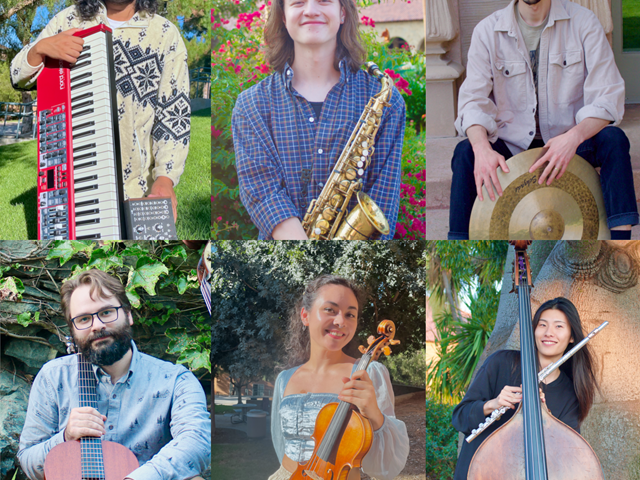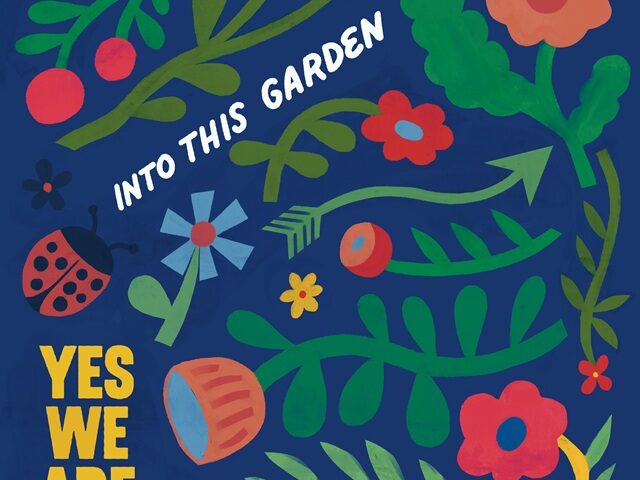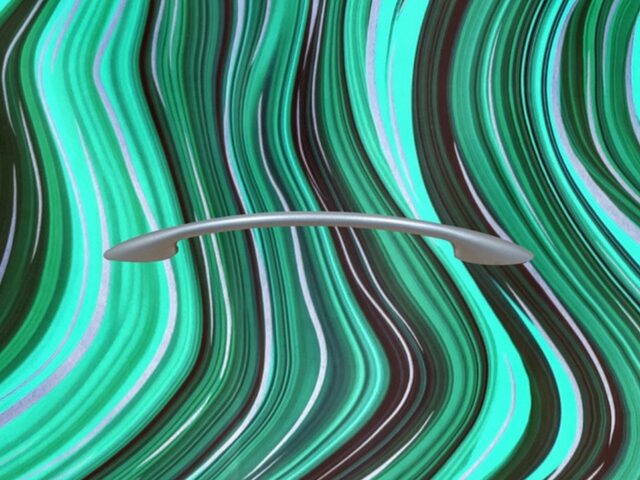TikTok started as a fun app for short-form videos, dance challenges, and memes. Today, it’s one of the most powerful engines driving the global music industry. What began as 15-second lip-sync clips has evolved into a platform where entire careers are launched, forgotten tracks are revived, and the Billboard Hot 100 can be flipped upside down overnight.
The question isn’t whether TikTok influences the charts—it’s how deeply it’s transforming the way music is discovered, marketed, and consumed. This article explores exactly how TikTok is shaping the music charts, why artists can no longer ignore it, and what the future of music promotion looks like in the TikTok era.
The Rise of TikTok as a Music Powerhouse
When TikTok launched globally in 2018, few could have predicted its impact on the music industry. In less than a decade, it has:
- Created viral trends that push songs into the Billboard Hot 100 and Spotify Global Top 50.
- Turned independent, unsigned artists into international stars.
- Revived decades-old songs, giving them new life and streaming success.
- Changed how labels budget, market, and promote tracks.
TikTok is now the default discovery platform for Gen Z and Millennials, replacing radio and even Spotify playlists as the starting point for many listeners.
Why TikTok Shapes the Charts Like No Other Platform
- Viral Challenges Create Hits
Whether it’s a dance routine, a comedic skit, or a meme, TikTok challenges use music as their foundation. When millions of users participate, streams skyrocket on Spotify and Apple Music, which directly feeds into chart positions.
- Democratization of Discovery
Unlike radio, where playlists are curated by a select few, TikTok allows anyone to make a song trend. A single video from a small creator can push an unknown track into mainstream consciousness.
- Short-Form Format Fits Music Perfectly
Songs are naturally structured around catchy hooks, beats, and choruses. TikTok’s 15–60 second clips highlight the catchiest part of a song—making them easy to remember and addictive to share.
- Algorithm Power
TikTok’s algorithm rewards content that performs well, regardless of who posts it. This “For You Page” system pushes songs into millions of feeds, giving them momentum that translates into streams and chart movement.
Case Studies: TikTok’s Chart-Toppling Power
“Old Town Road” – Lil Nas X
The biggest example of TikTok’s influence. Originally uploaded by Lil Nas X himself, the track went viral thanks to the “Yeehaw Challenge.” Within weeks, it topped the Billboard Hot 100 for a record-breaking 19 weeks.
“Say So” – Doja Cat
A dance created by TikTok user Haley Sharpe went viral, pushing the song onto the charts. Doja Cat later collaborated with Nicki Minaj, cementing the track as a global hit.
Fleetwood Mac’s “Dreams”
A decades-old track returned to the charts in 2020 after a TikTok video of Nathan Apodaca skateboarding while drinking cranberry juice went viral. It proved TikTok can revive classics, not just launch new hits.
“abcdefu” – GAYLE
TikTok buzz around breakup-themed videos helped catapult this song to the Billboard Hot 100, making GAYLE an overnight sensation.
TikTok and Independent Artists
Perhaps the most revolutionary aspect of TikTok is how it empowers independent musicians. Before TikTok, getting noticed often required:
- Radio play.
- Expensive marketing campaigns.
- Label backing.
Today, independent artists can upload snippets of their songs, encourage trends, and potentially go viral—all without the backing of a major label. This has democratised the charts, giving every artist a chance.
TikTok’s Symbiotic Relationship with Streaming Services
TikTok doesn’t directly contribute to Billboard rankings. Instead, it drives listeners to streaming platforms like Spotify, Apple Music, and YouTube, which do count toward chart positions.
- Viral clips → Curiosity → Streams/downloads → Chart impact.
- Playlists on Spotify (“TikTok Hits”) now amplify songs already gaining traction on the app.
- Apple Music collaborates with TikTok to showcase trending tracks.
In short, TikTok has become the top of the funnel for music discovery, feeding into traditional metrics that shape the charts.
The Role of Music Labels on TikTok
At first, labels were sceptical. Today, they’re all-in.
- Labels now pay TikTok influencers to feature songs in videos.
- Marketing budgets are shifting from radio/TV toward TikTok campaigns.
- Artists are encouraged to release songs with “TikTok-able” hooks or beats.
In some cases, songs are shortened or remixed to perform better on TikTok, proving how much influence the platform has over the creative process.
The Business Side: TikTok as an Industry Game-Changer
TikTok has redefined the economics of music promotion:
- Lower cost of entry: Viral campaigns cost less than traditional advertising.
- Higher ROI: A trending challenge can yield millions of streams.
- Monetization opportunities: TikTok has struck licensing deals with major labels, ensuring artists are compensated when their music is used.
This shift is forcing traditional labels, PR teams, and even chart compilers to adapt.
Middle Section: Parallels Beyond Music
The way TikTok is shaping music is part of a broader trend: digital platforms redefining industries. We’ve seen it in retail, film, gaming, and even betting.
For example, casino us betting platforms have leveraged mobile technology and user engagement strategies similar to TikTok’s. Just as TikTok hooks users with short, engaging clips, online betting platforms attract and retain audiences with seamless design and instant engagement. Both industries prove the power of digital platforms to disrupt old systems and reshape cultural habits.
Music charts are no different—they’re being rewritten by an app that thrives on attention, virality, and cultural participation.
The Risks of TikTok’s Influence
While TikTok’s power is undeniable, it also comes with downsides:
- Shorter Song Lifespans
TikTok thrives on instant virality, but trends fade quickly. Many charting hits burn out faster than traditional songs.
- Pressure on Artists
Labels push artists to create songs optimised for TikTok instead of artistic expression, leading to formulaic music.
- Oversaturation
With so many songs competing for attention, the platform can feel overcrowded, making it harder for genuine talent to stand out.
- Platform Dependency
Artists reliant on TikTok risk losing exposure if the platform changes its algorithm or faces restrictions (as seen in some countries).
What the Future Holds
Looking ahead, TikTok’s influence on the music charts will only grow. Expect:
- Deeper integration with streaming services: Direct charting from TikTok data may eventually happen.
- More label partnerships: Marketing strategies will centre around TikTok campaigns.
- Emergence of AI tools: Helping artists create music designed to go viral on the platform.
- Globalisation of music: TikTok is breaking language barriers, pushing non-English songs into worldwide charts (e.g., K-pop, Latin music).
Practical Tips for Artists on TikTok
If you’re an artist looking to break into the charts using TikTok, here’s how to leverage the platform:
- Focus on hooks: Post the catchiest part of your song.
- Engage with creators: Collaborate with TikTok influencers to spread your track.
- Encourage challenges: Build trends around your music to boost organic shares.
- Post consistently: The algorithm rewards activity.
- Be authentic: Audiences value personality as much as the music itself.
Conclusion: TikTok as the New Hitmaker
TikTok has transformed from a viral video app into the biggest hit-making machine on the planet. It no longer just influences the charts—it sets them.
From independent artists to major labels, everyone is adapting to a new reality: success on TikTok can mean success everywhere else. But with this power comes challenges, from short-lived trends to creative pressures.
The future of music charts will be defined by platforms like TikTok, where discovery is instant, participation is global, and virality can turn an unknown track into the world’s next number one hit.
In short: the music industry has entered the TikTok era—and there’s no going back.





